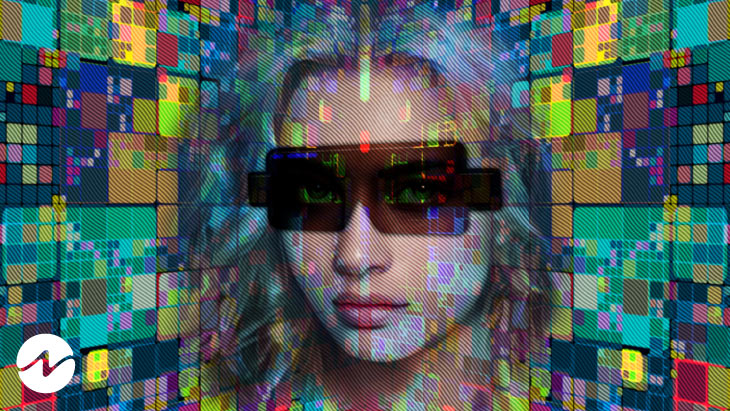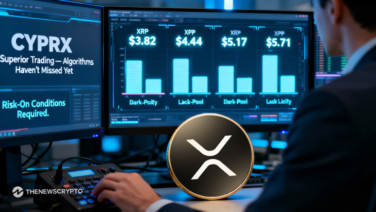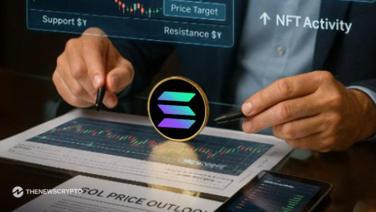If 2021 was all about NFT technologies, 2022 was about the Metaverse. We’ve never had so much news, media attention, and new projects launching into the space. While interest was certainly piqued for the public, private publications have continued to focus on this new digital world.
Yet, despite the attention, people still aren’t getting on board with the Metaverse. Over a third of Americans haven’t heard of the Metaverse, with the vast majority not being interested in it at all. Much of this reluctance comes from a failure to see the Metaverse as a useful platform for future growth.
For those that have a baseline understanding of what the Metaverse is, their only point of contact is through the company Meta, which was formerly Facebook. Their proof-of-concept designs and early releases have been laughable, to say the least. Meta is currently down 70% from its all-time high, with this not helping to make people believe in the Metaverse anymore than they currently do.
We believe this is due to the public focusing on the wrong applications of the Metaverse. While Meta offers a meeting space, it does very little more than what we can currently access with Web 2 technology. That said, if we were to focus on projects that use the Metaverse as a space for innovation, we’d be able to demonstrate a variety of additional use cases.
In this article, we’ll cover applications of Metaverse technology that push the bounds of what this space is currently offering. Let’s dive right in.
Forming Reality within Digital Spaces
One of the main points that people tend to laugh at when discussing the Metaverse is the current state of the graphics. We only need to open Meta’s most recent community development offerings to see that we’re miles behind where we should be approaching 2023.
Some projects have taken the more comprehensive architecture that the Metaverse offers us and uses it to create exciting and informative digital spaces. For example, Metahero uses real-world scanning technology. Developers can scan entire environments with the tool, creating hyper-realistic worlds.
Especially for Metaverse systems that want to be as close to reality as possible, the ability to literally import reality into the games is an incredibly powerful application of this technology. Equally, users can scan themselves, creating a realistic avatar that can then interact with this world.
Technology like this, as it improves, will become integral to the space, helping to get people to see this tech as something world-changing instead of just a gimmick. Going beyond the recycling of current systems that we already have, the application of digitalized real spaces could change the Metaverse entirely. Being able to project and construct real-world environments in a digital space could open the doors for a range of projects and help adoption surge.
From gaming and office work to tourism and travel, the ability to import these real-world environments could radically push what’s possible within this exciting digital system.
Transforming Gaming
Current Metaverse developers are focusing on creating worlds that people can inhabit. Yet, the group of people most likely to actually uptake this technology is gamers. The introduction of the blockchain has already changed the face of gaming. Many new projects use NFT technology to allow gamers to earn something tangible for their time in the game.
Some projects are taking this even further, pushing the application of this technology to offer a truly unique gaming experience. For example, Fashion League provides an innovative RPG gaming experience by incorporating digital products into the framework of their game.
In the game, players can use NFT technology to design and produce their own fashion brand products within the Metaverse. Instead of isolated accounts, their designs can then be put on the market, giving people the ability to actually work in the Metaverse fashion industry. Alongside pushing the bounds of what gamified shopping can be, it also creates a whole new deployment of this tech within the Metaverse.
Sneak peek of initial in-game avatar animation testing being done by our team 👀
— Fashion League Official (@FashionLeagueO) November 17, 2022
Be sure to join our Discord for more sneak peeks and updates: https://t.co/sixOr7X5Ef' pic.twitter.com/2Y2F02QsKp
Beyond that, other Metaverse businesses are using this space to create tangible experiences between real life and the Metaverse. Souls of Nature uses a blend of Metaverse technology with the unreal engine to bring virtual worlds to life. People can choose and play as NFT animals, incorporating themselves into this world and having a truly unforgettable experience.
What sets this application apart is its close ties to social projects. As people play within this world, a percentage of the currency that they generate is donated to endangered ecosystems around the world. While giving players the ability to exist as their favorite animals, the game also uses its entertainment factor to directly generate capital for charity projects that could use it.
This application draws together gaming and social fundraising in an inventive way. Both of these projects demonstrate how the Metaverse can be used to further industries and revolutionize how people connect with each other.
Final Thoughts
Projects like Fashion League, Souls of Nature, and Metahero demonstrate that there is more to the Metaverse than just replicating already existing spaces. Simply by developing another run-of-the-mill social space or game, this digital space isn’t going to capture the audience that it wants.
If the Metaverse is going to truly thrive in this space, it needs to demonstrate to the world why it’s distinct from what comes before it. The projects we’ve outlined here all take a different perspective on this problem, offering something that is completely unique. As projects like these continue to grow and offer the world something different, adoption will slowly start to turn in favor of the Metaverse.








